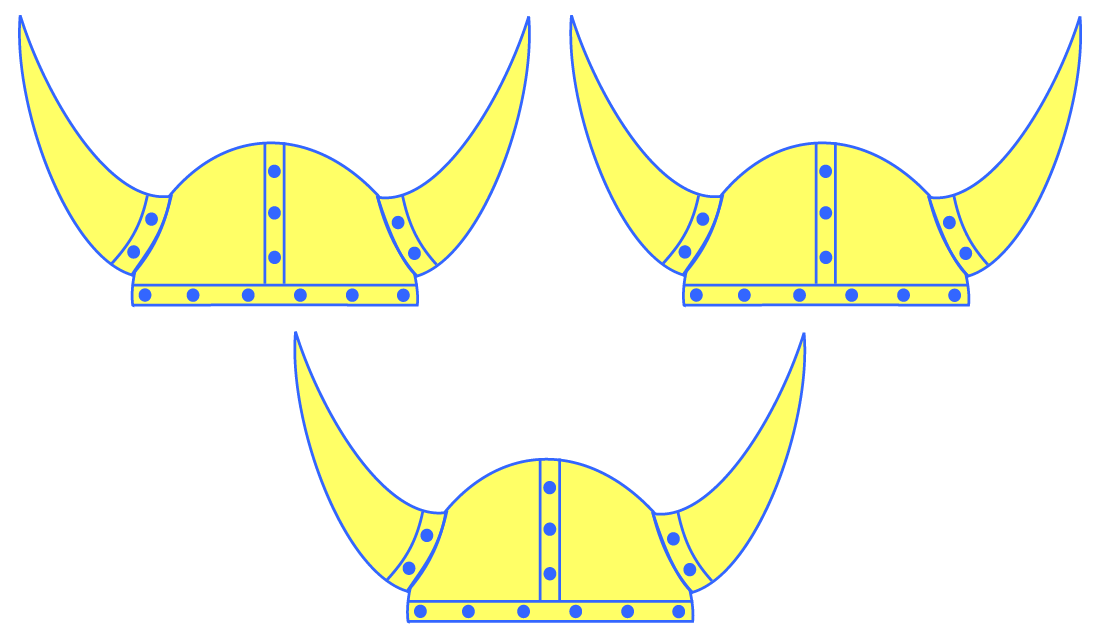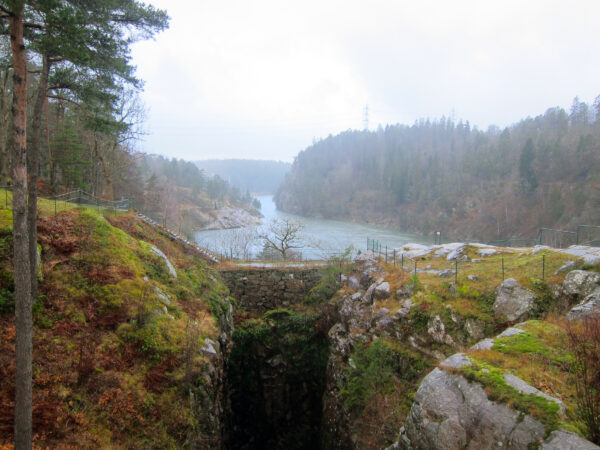
Trollhättan: the City of Trolls. Or more aptly, the City of Troll Hats, since that’s what its name actually means. It’s a hilly, craggy place, with a mighty river running through it, and in the olden days the rocks that protruded from the riverbed reminded the locals of the headgear of trolls, giving the place its current name.
As with my previous post about the reliefs of Norse mythology adorning Oslo’s City Hall, this post is mostly just a companion to a piece appearing in a printed publication, this time the American-Scandinavian Foundation’s Scandinavian Review. The article appears in the winter issue and details the industrial rise and decline of Trollhättan and its subsequent reinvention as “Trollywood” (the city now hosts Film i Väst, one of the most prolific film production companies in the Nordic nations.)
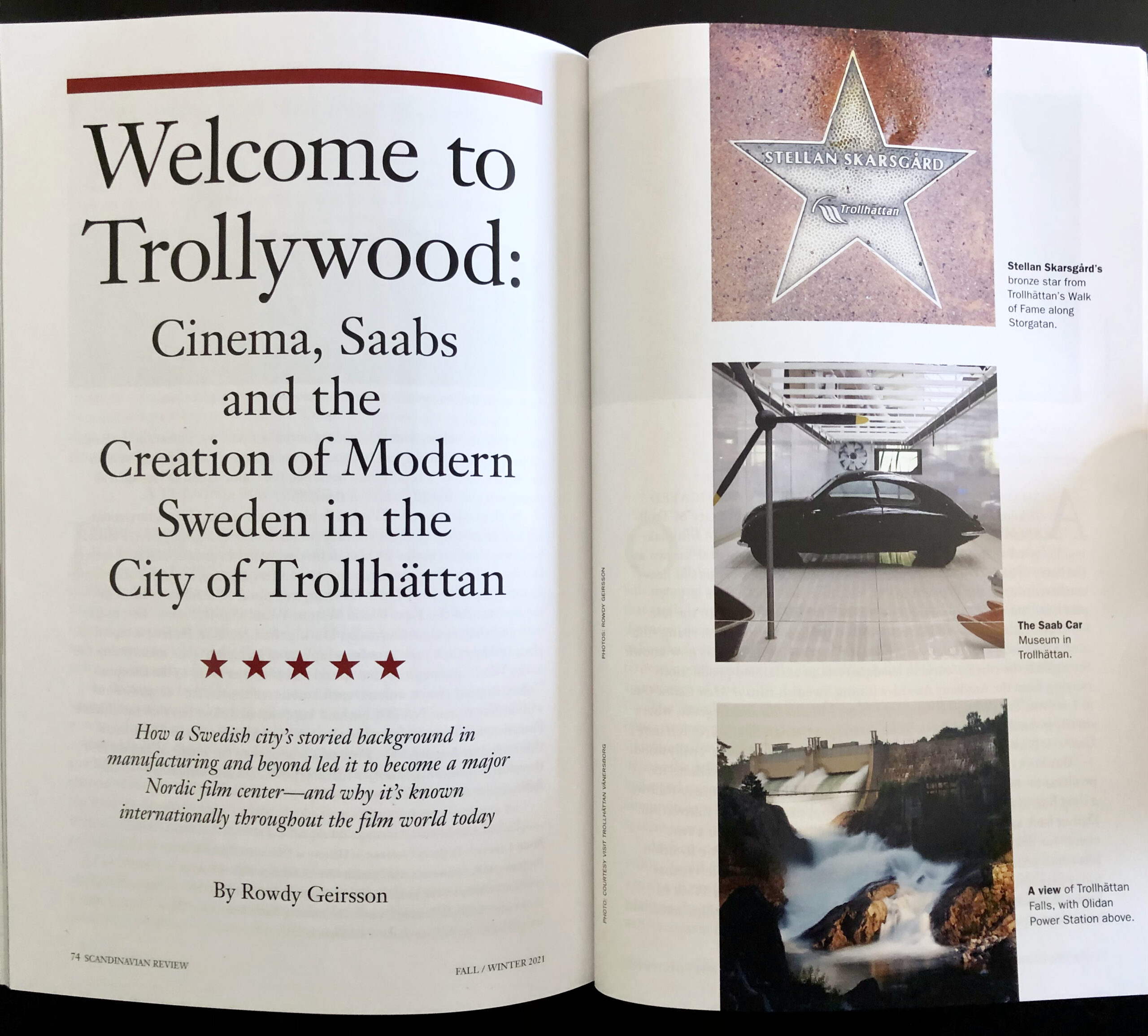
The city itself is an interesting place overall, with some notable claims to fame and impressive natural topography; the dramatic falls in the Göta Älv are both scenic and the source of power that initially attracted industrial activity to the area. The city was once home to NOHAB, a major manufacturer of trains, and Saab (yes, that Saab; the one that made cars, not planes or military weapons) and was the birthplace of Vattenfall, Sweden’s state-owned, multinational power company.
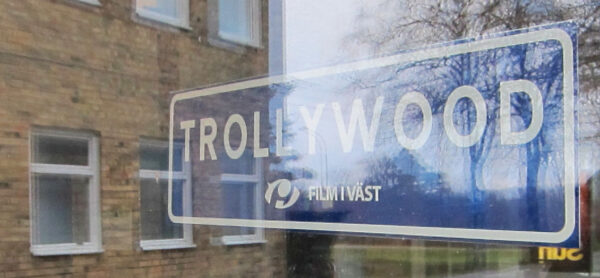
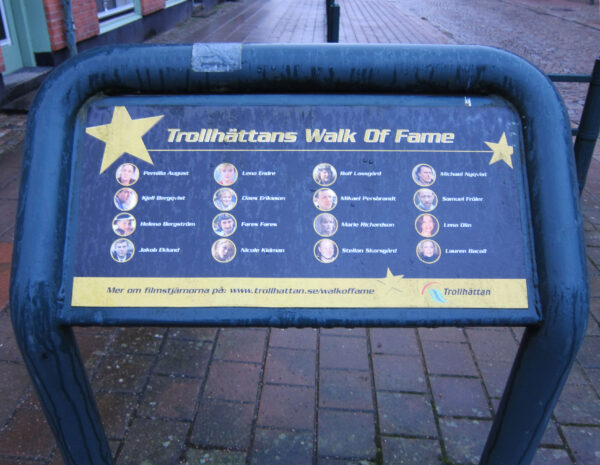
It’s industrial heyday is, for all intents and purposes, long gone and an interesting smattering of new uses have filled those vacant spaces. The heavily manipulated river and the cliffs surrounding it remains the most interesting part of the city: one still can experience a sense of the old trollishness on properly misty days. There’s even a strömkarl carved into the stone of one of the river’s dams.
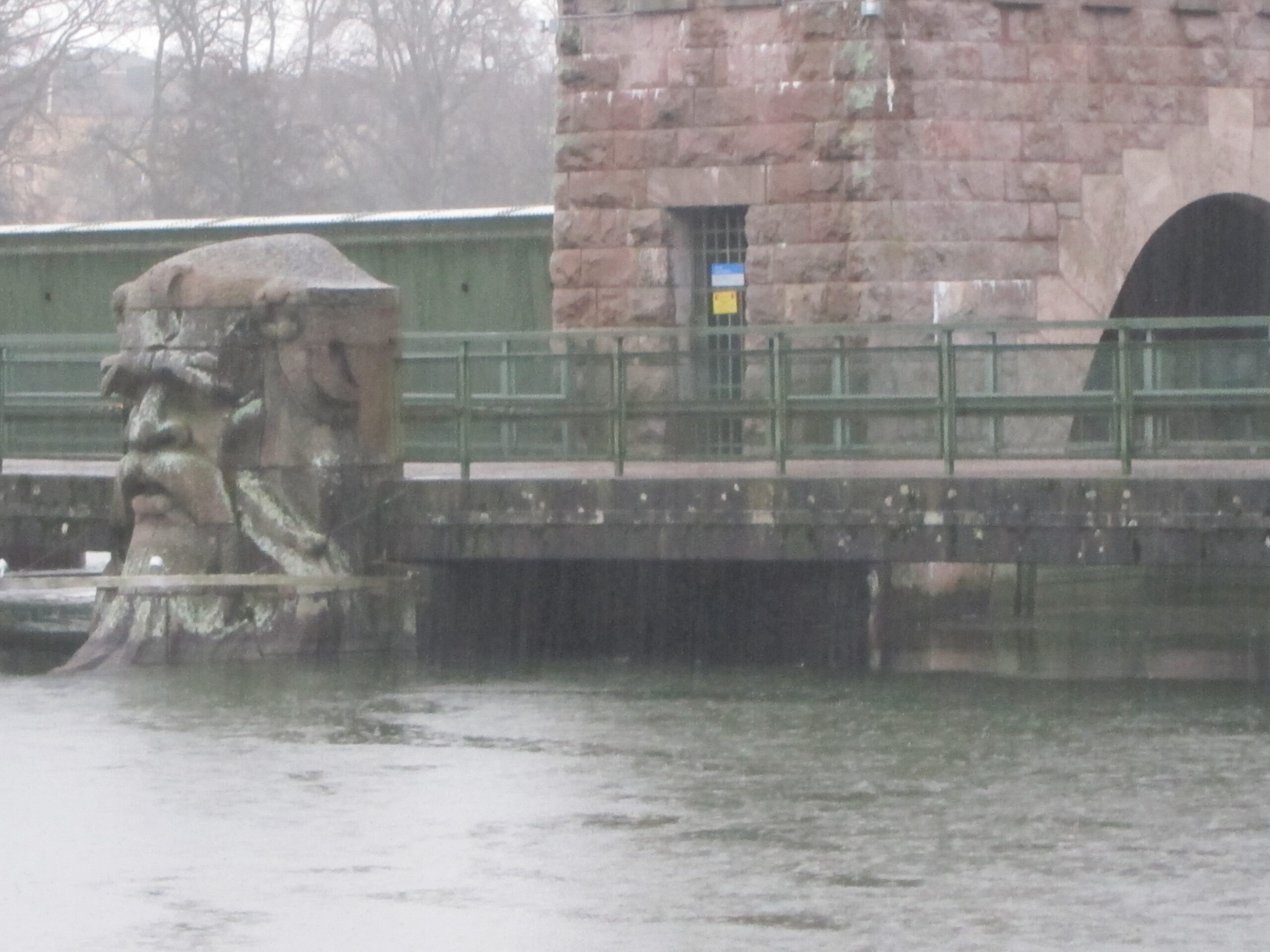
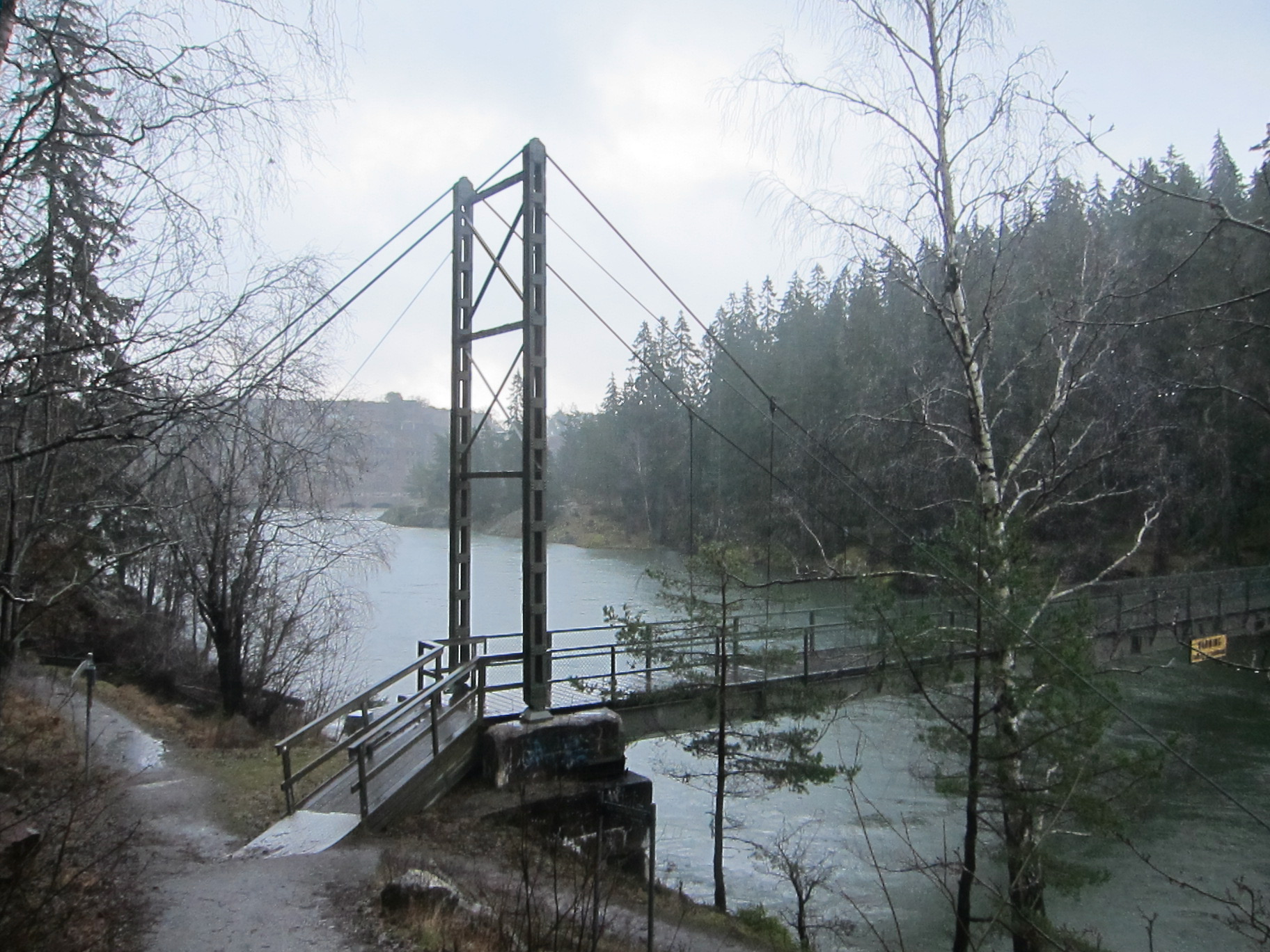
And last, but certainly not least, Trollhättan is also home to Fejd, one of my favorite bands:
